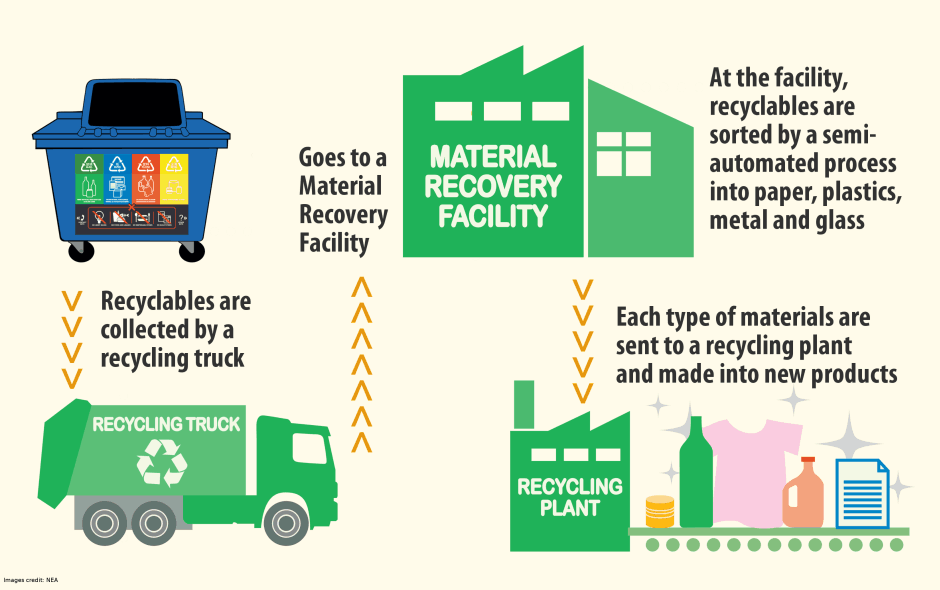Owning a vehicle comes many expenses, from car insurance to maintenance to new tires.
Depending on the type of vehicle you drive, replacing a set of tires can cost anywhere from a few hundred dollars to thousands of dollars. So saving money on tires is critical for many tire buyers.
Fortunately, there are many easy ways to save money on a new set of tires.
There are countless tire options at many price points, but even the cheapest tires can be expensive. That’s why it’s crucial to leverage these tips to save money on tires.
Motley Fool Stock Advisor recommendations have an average return of 397%. For $79 (or just $1.52 per week), join more than 1 million members and don't miss their upcoming stock picks. 30 day money-back guarantee. Sign Up Now
The Internet makes shopping and comparing prices easier than ever.
Check out individual brick-and-mortar tire shops’ websites. Look at places like Pep Boys, Tire Kingdom, Walmart, Costco, Sam’s Club, and Goodyear to find tire prices online and compare them.
You can also see a far more extensive selection of available tires and their prices at large online tire retailers like Tire Rack and Discount Tire Direct.
You can even go outside the tire industry and check websites like eBay or Amazon.
When shopping, keep these variables in mind:

Watch for tire ads that come in the mail or newspaper. These often highlight special offers you may not find anywhere else, like buy-three, get-one-free deals and percent-off specials.
When reviewing these sales, always read the fine print, as they often have limitations and requirements to get the sale price.
For example, a 25% off sale may only be on specific tire sizes, or that buy-three, get-one-free deal may only be for the tire — you still have to pay for balancing, the valve stem, and disposal fees.
There’s not much markup on tires, so the retailers may not offer great sales too often. However, tire manufacturers often offer rebates for meeting certain purchase requirements. For instance, Firestone may issue a $100 rebate if you buy any set of four Firestone tires.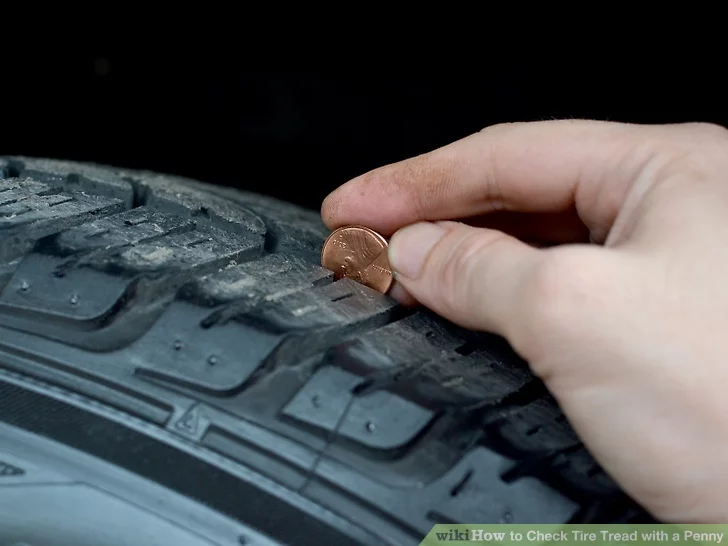
These rebates are generally through the mail, so you must mail the rebate form with a copy of your receipt and wait to receive a check or gift card in the mail for the rebate amount. These rebates often take weeks to process, so patience is key.
You can find the rebates advertised on tire manufacturers’ websites, but you may also find them on a retailer’s site or in a circular.
While used tires are rarely worth buying, takeoffs are a different story. These are tires that a person purchased, used for a few days, and returned within a specific period — typically 30 days or less.
Often, the buyer simply didn’t like the way they rode or handled. The tire retailer will put different tires on their car and place the used tires back on the shelf at a deeply discounted price so long as they’re not defective.
These takeoff tires are still basically brand-new and can save you big money.
Like many retailers, tire service shops use holidays as reasons to slash prices.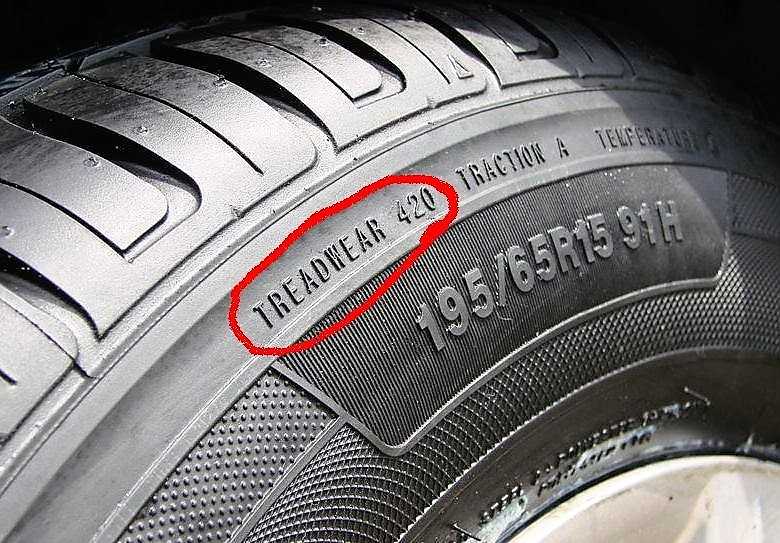 You can often save money on tires by shopping around holidays, including:
You can often save money on tires by shopping around holidays, including:
When looking to save money on buying tires, the last thing you want to do is get just one price quote and get the work started. Instead, get multiple written quotes on the same or similar tires and get the lowest cost through competitive shopping.
Once you have three to four quotes, take the lowest quote from one tire shop to the others and see if they can beat the price. If you get a better price from another shop, repeat the process. Continue repeating this process until you get the best price possible.
Unless you’re a race car driver, you just need a set of quality, long-lasting tires. There’s no need to shop for the big brands. Big-name tire brands like Michelin, Bridgestone, Firestone, Dunlop, and Goodyear are high-quality, but they’re among the most expensive options.
You can get quality tires from lesser-known brands like Kumho and Hankook at significantly lower prices.
Instead of looking at the brand, focus on the tire’s performance and durability. Several other key features are more important than the brand name.
Most vehicles have a recommended minimum speed rating for their tires. This letter rating indicates the sustained speed a tire can structurally handle. For example, a V-rated tire can handle sustained speeds of up to 149 mph, while a Y-rated tire can handle 186 mph.
You can find the speed rating stamped along with the tire size on the sidewall in one of three ways:
The R stands for “radial,” as in radial tires. It comes before the tire size (the tire in this example has a 16-inch diameter).
Load index is the amount of weight each tire can support while inflated. Verify the cheaper tire matches or exceeds the load-index minimum your car requires. You can find the load index requirement in the owners manual or on the tire placard inside the driver’s side door jamb.
The load index is a two-digit code stamped after the tire size on the sidewall. For example, if the tire code says, “225/60R16 92V,” the load index is 92.
The load index ranges from 1 through 112, and the higher the number, the more weight it can support. Tirerack.com has a more comprehensive explainer if you want more details.
Tire treadwear rating is often mistaken for a direct translation to how many miles a tire will last. It’s more of a comparative number.
The baseline treadwear is 100, and a tire with a 200 treadwear rating lasts twice as long in testing before its tread wears out. A 300 treadwear tire lasts three times as long in testing.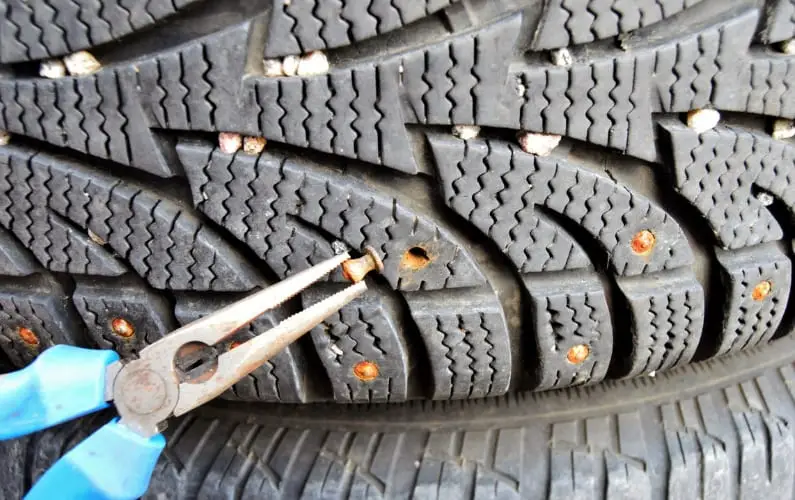
Each tire manufacturer performs its own testing on the same 400-mile test track in Texas to ensure uniformity in the treadwear ratings. The tires complete a 7,200-mile test. Every 800 miles, the testers check and adjust the air pressure in the tires, perform an alignment, and rotate the tires.
After the test, the testers measure the remaining tread and compare it to the remaining tread on the baseline 100 treadwear tire.
Compare the cheaper tire’s treadwear rating to that of a more expensive tire. That gives you an idea of how long the cheaper tire will last relative to the more expensive competitor.
But note that while tire manufacturers complete treadwear testing under strict National Highway Traffic Safety Administration rules, each uses its own baseline tires. So a 500 treadwear Kumho tire may not last quite as long as a 500 treadwear Goodyear because they used different baseline tires.
However, the number can still be helpful when making an apples-to-apples comparison.
You can find the three-digit treadwear rating stamped on the tire’s sidewall after the word “Treadwear.”
The warranty may be the single best way to compare a less expensive tire to a pricier competitor when all other variables remain equal.
Most tire manufacturers include some type of mileage warranty on their tires. Generally, these warranties range from 25,000 miles to 80,000 miles. These mileage warranties mean the manufacturer guarantees the tire’s tread will remain above the wear bar for a specified number of miles.
The wear bar is a small, raised section of rubber running across the grooves in the tread that indicates the tire has reached the end of its useful life. If the tread reaches the wear bar early through no fault of the vehicle or driver, the tire company gives you a prorated credit toward a new tire.
For example, if a $100 tire with a 50,000-mile warranty only lasts 25,000 miles, the tire manufacturer owes you $50 — 50% of $100 — toward a replacement tire.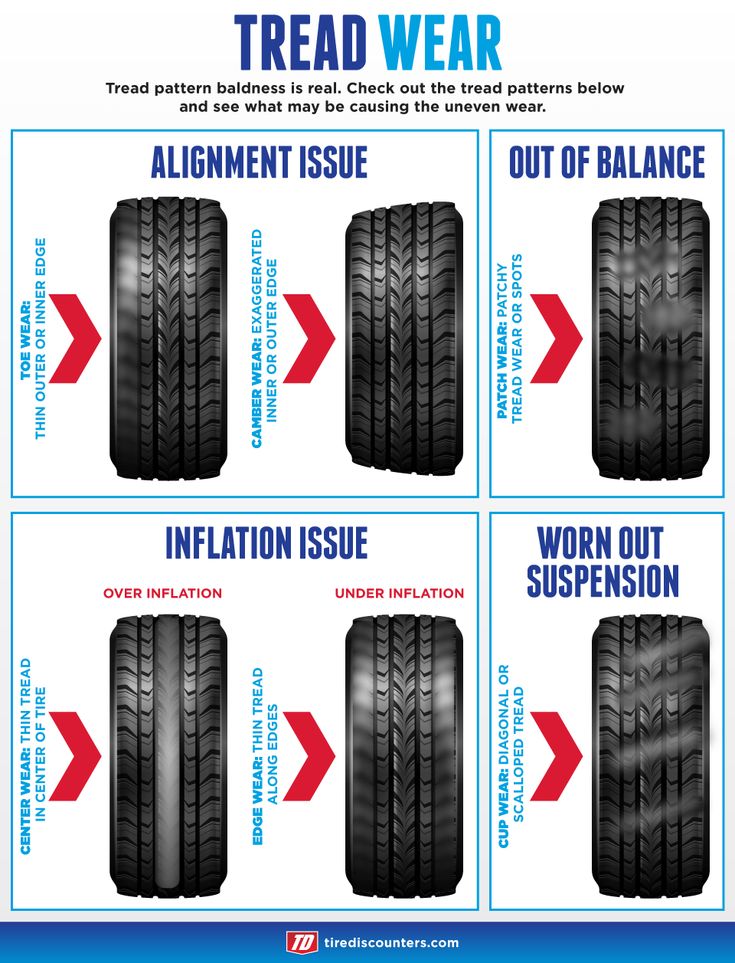
If a less expensive tire has all the same or better ratings than an expensive brand-name tire and a matching or longer warranty, you can save money on the cheaper tire and feel confident you’re getting an otherwise equivalent tire.
In areas where winters get cold and snowy, it’s not uncommon to switch from summer tires to winter tires.
However, keeping two sets of tires on hand can get quite expensive. If you live in a temperate region or one where snow is light and rare, you can get away with one set of all-season tires instead of separate sets for summer and winter, saving you money in the process.
Sure, you can save money when buying tires with the seven tips above, but you can save even more money by helping your tires last longer. There are several maintenance strategies you can use to extend the lifespan of your tires and save even more money.
Tire pressure impacts fuel economy and the longevity of your tires. Too little pressure can cause excessive wear on the outer edge of your tires, but too much pressure can accelerate tread wear in the center of your tires.
Too little pressure can cause excessive wear on the outer edge of your tires, but too much pressure can accelerate tread wear in the center of your tires.
To avoid these issues, check your tire pressure at least once per week and compare it to the pressure recommendations in your owners manual or on the tire placard inside the driver’s door jamb.
Always check and adjust your tire pressure before driving, as time on the road increases the tire’s temperature, which increases its pressure. Adjust the pressure as needed.
Never inflate your tires to the maximum pressure listed on the tire’s sidewall. It’s too much pressure for most passenger vehicles.
Many tire shops will check and fill your tires with air for free, and gas stations usually have air stations that cost around $1 to use. You can also buy a small portable tire pump with a pressure gauge for $20 to $30.
Tire rotation is a maintenance procedure that places each wheel and tire in a different position on the vehicle. That changes each tire’s angle and rotation slightly to prevent it from wearing unevenly, which can happen if it remains at the same angle and in the same position for too long.
That changes each tire’s angle and rotation slightly to prevent it from wearing unevenly, which can happen if it remains at the same angle and in the same position for too long.
Every vehicle has its own recommended tire rotation schedule in the maintenance schedule section of its owners manual. Perform this maintenance as the manufacturer recommends to maximize your tires’ lifespans.
Tire rotations are often free with oil change services. If they’re not free, they’re still inexpensive, generally $20 or less.
Your vehicle’s suspension flexes with the road, which can sometimes throw its alignment off.
Alignment is the angle at which your wheels sit against the road. Driving with the alignment out of specification can cause excessive wear on one part of the tire, significantly shortening its life.
At least once every six months, have a repair facility check your vehicle’s alignment. If it’s out of specification, the shop can perform the alignment.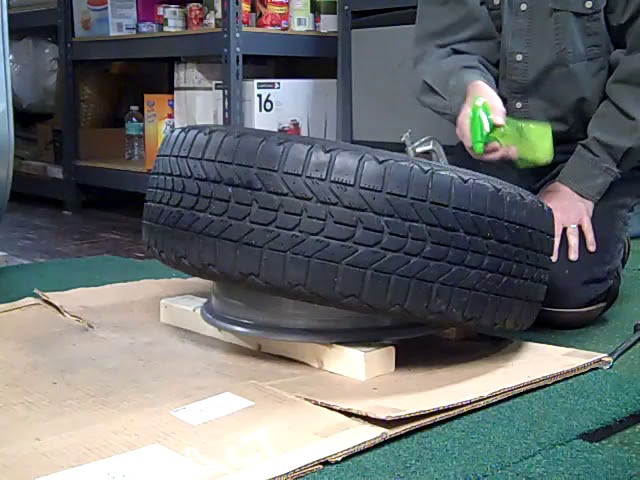 That helps maximize your tires’ life.
That helps maximize your tires’ life.
Alignment checks are often $20 or less. If you need an alignment, expect to pay $50 to $100, depending on the complexity. The shop usually removes the alignment check fee if you complete the alignment service.
Some repair shops offer lifetime alignments for an extra cost. If you plan to keep your vehicle for a long time, it may be a worthwhile investment, as you can get the vehicle aligned as often as you like at no extra cost as long as you own it. Lifetime alignments usually cost $150 to $200.
Tires can be one of the most expensive things to maintain on your vehicle, but it’s worth it. They’re the only point of contact between your car and the road, so you want the best tires you can afford.
That’s why you may want to consider getting a road hazard warranty on new tires. It may not save you money, but it can protect your investment. These tire insurance policies generally cover 100% of all flat repairs and offer prorated replacement guarantees if the tire is irreparable.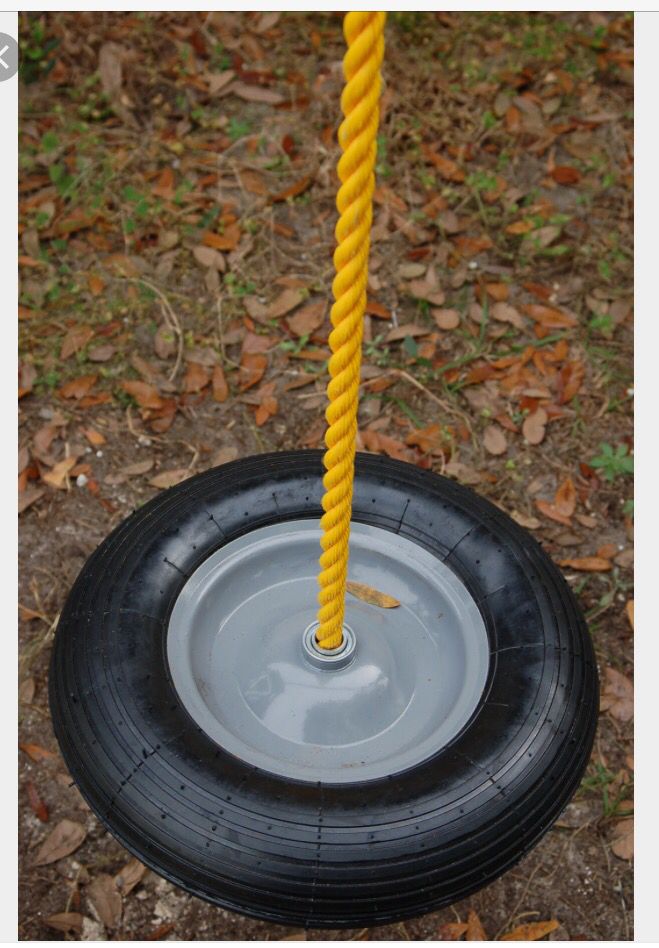
By using these tips, you can maximize your tire investment. Then, with the right tire maintenance, you can ensure your new tires last as long as possible, saving you even more in the long run.
Every editorial product is independently selected, though we may be compensated or receive an affiliate commission if you buy something through our links. Ratings and prices are accurate and items are in stock as of time of publication.
Saving money on vehicle tires doesn’t mean buying the cheapest model. Because today’s tires last longer, over time you’ll save money buying better, higher quality tires. Unfortunately, tires are one of the most expensive vehicle maintenance items. But there are several ways to save hundreds of dollars on them.
Tires are one of your vehicle’s most critical systems, and they take a lot of abuse.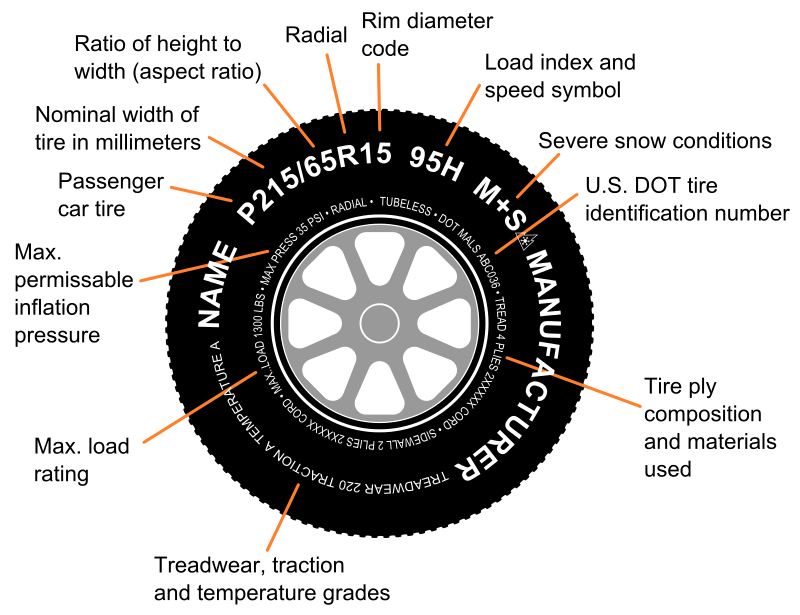 Good tires are important to your car’s overall safety and driving comfort. Driving on bald tires will negatively impact braking and steering control. Here are a few tips to help you buy the best tires for your needs without breaking the bank.
Good tires are important to your car’s overall safety and driving comfort. Driving on bald tires will negatively impact braking and steering control. Here are a few tips to help you buy the best tires for your needs without breaking the bank.
On This Page
When comparison shopping for tires, consider these seven factors. Make sure you’re combining all costs of all sets of tires you’re comparing. One set may look like a great deal, but actually isn’t once you add in all the upcharges.
The factors are:
You’ll save money if you buy during Black Friday sales. Other seasonal sale periods include April (before the summer driving season) and October (before winter weather sets in).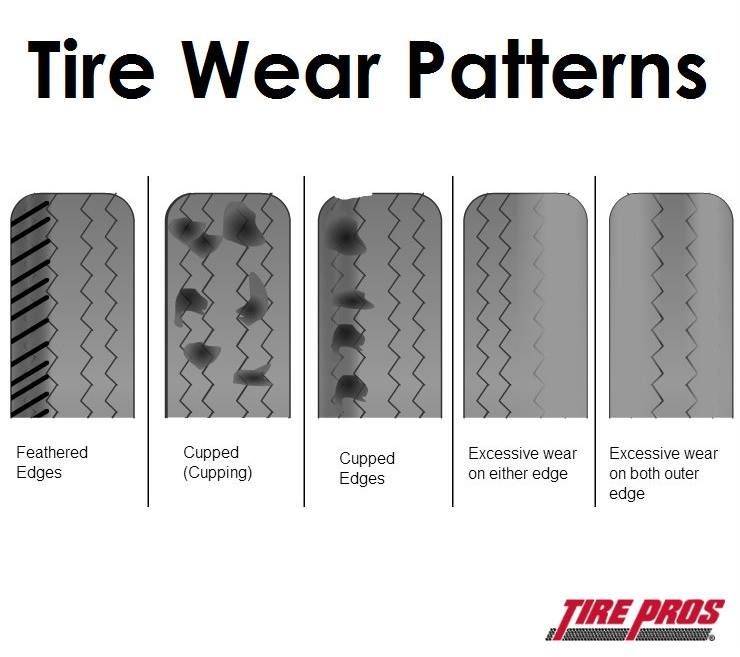
Even if you don’t think you need tires during these sales, buying tires when you have to may force you to spend more than you should, or leave you with a brand or model you really don’t want.
Some tires cost more because they come with a “free” road hazard warranty. This is separate from the manufacturer’s warranty. It covers accidental damage, such as a glass puncture or pothole blowout. If you already have this coverage through an auto club or supplemental wheel and tire protection plan, this added coverage doesn’t benefit you and you shouldn’t pay for it.
Brick-and-mortar tire retailers, as well as those online, often offer coupons, coupon codes, mail-in rebates and buy-three-get-one-free deals. These promotions can save you money. But be sure to examine the details to ensure the deal is on the tires you want and there are no hidden fees.
Another money-saver: Taking advantage of a 30-day low-price guarantee. Many retailers will honor competitors lower advertised price on the same exact make and model tire for up to 30 days after your purchase. If that retailer charges less for some of the upcharges, such as tire mounting, balancing and disposal, you will come out ahead.
Many retailers will honor competitors lower advertised price on the same exact make and model tire for up to 30 days after your purchase. If that retailer charges less for some of the upcharges, such as tire mounting, balancing and disposal, you will come out ahead.
While the big box retailers won’t budge on price, dedicated tire retailers can often work with you to lower the cost of your tires to a price you know is a good deal.
 Inspect your tires for abnormal wear or damage. And getting your tires rotated and balanced and wheels aligned following your vehicle manufacturer’s maintenance schedule greatly increases tire life.
Inspect your tires for abnormal wear or damage. And getting your tires rotated and balanced and wheels aligned following your vehicle manufacturer’s maintenance schedule greatly increases tire life.Bob Lacivita
Bob Lacivita is an award-winning ASE and General Motors auto technician, educator and freelance writer who has written about DYI car repairs and vehicle maintenance topics. His work has been featured in The Family Handyman, a Reader's Digest book and Classic Bike Rider magazine. He has been a career and technical educator for 25 years teaching automotive technology, as well as writing state, federal and organizational foundation grants. He also helped design a unique curriculum delivery model that integrates rigorous, relevant academic standards seamlessly into career and technical education.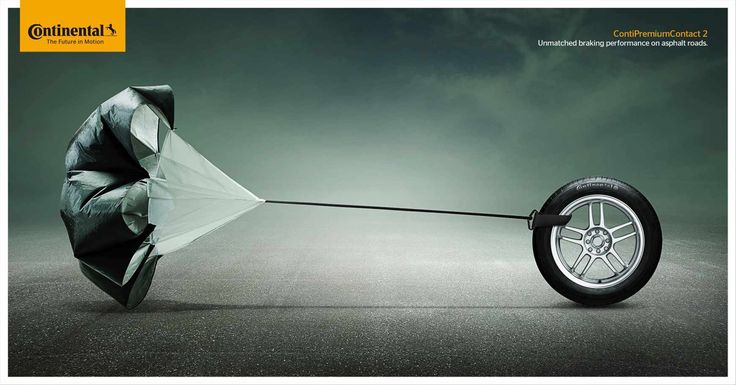
Photo avtovzglyad.ru
Weather forecasters assure that this winter season in Russia will be really cold and snowy. That is, commercial companies with their own fleet of light cargo vans, as well as ordinary motorists who skated all last winter on “summer slippers”, should not count on European weather this time, and will have to fork out for “shoes” according to the weather. However, the pandemic has noticeably depleted the wallets of citizens and eaten up the budgets of businessmen, and buying a set of winter tires will hurt your pocket. The AvtoVzglyad portal figured out how you can really save on tires for ice and snow, and what kind of savings can easily lead to even more ruinous consequences.
Dmitry Zlenko
As you know, the content of the wallet has two stages of absence: “no money” and “no money at all”. In both cases, you have to tighten the belt tighter and save literally on everything, even on your own safety. It seems that winter is approaching, you need to buy tires for a car, but the “toad” that grabs the throat convinces: they say, old man, come on, because our grandfathers didn’t know what a “Velcro” with a “spike” was and nothing - they drove like - then!
It seems that winter is approaching, you need to buy tires for a car, but the “toad” that grabs the throat convinces: they say, old man, come on, because our grandfathers didn’t know what a “Velcro” with a “spike” was and nothing - they drove like - then!
Indeed, why not spend the winter on summer tires? In the end, the roads are cleaned, watered with chemicals, and therefore: slower speed, more distance and ride for your pleasure. However, the doubtfulness of such savings lies in the composition of summer tires.
It is initially made more rigid than winter. In the summer, due to the positive temperature, the tires remain elastic, but when the thermometer goes negative, the “summer shoes” literally harden, turning from rubber into a kind of plastic. For a better understanding: the braking distance on dry pavement on the same summer tires at an air temperature of +10 and -10 can differ twice! And the tread pattern on the “summer” is absolutely not designed for confident work in slush and on ice.
Photo avtovzglyad.ru
And do not forget that all modern cars are equipped with ABS, and on summer tires that have minimal grip on a winter road, a smart security system will interfere very much. In general, stopping at someone's bumper or roadside pole is a matter of time.
Online services for the sale of used things are full of advertisements for the sale of tires. You look at the photo - the drawing is still quite, half of the spikes are in place, the price tag is humane ... So why not take it? However, it is worth remembering that the wheels have an expiration date. Tire manufacturers claim that after three years from the date of production, irreversible changes occur in the composition of the rubber, deteriorating performance. Especially if the tires were stored incorrectly: for example, on a balcony in direct sunlight. In old tires, even if they still look big, microcracks appear, which means that in some hole the balloon can easily explode.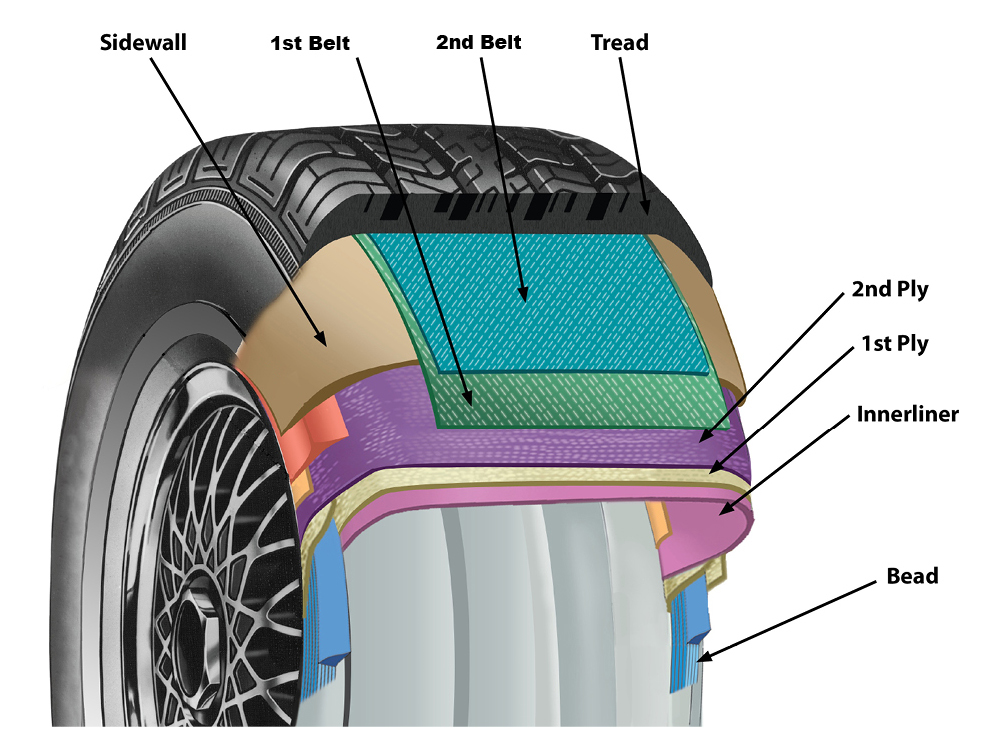
As for the studs, one nuance must also be taken into account here: the absence of 50% of the “claws” increases the braking distance by 1.5 times. If the "nails" are lost 60-70 percent, then riding on such wheels is a game with death. And do not think that after the "teeth" fall out, the tire from the "spike" turns into a "Velcro". Alas, this is absolutely not the case. We load less, we go further When the time came to buy new winter “skating rinks” of 15 radius, the head of the transport department realized that tires from a passenger car in this dimension were half the price of rubber for commercial vehicles. And given that we don’t transport anything heavier than ATVs in the back, there will be no demolition of passenger tires. Guessed wrong.
Already in the first week, the side walls of the front wheels were covered with rather impressive hernias. And it cannot be said that the “Frenchman” fell into the pits. They waved in front and back in places and exactly the same fate befell the other two tires.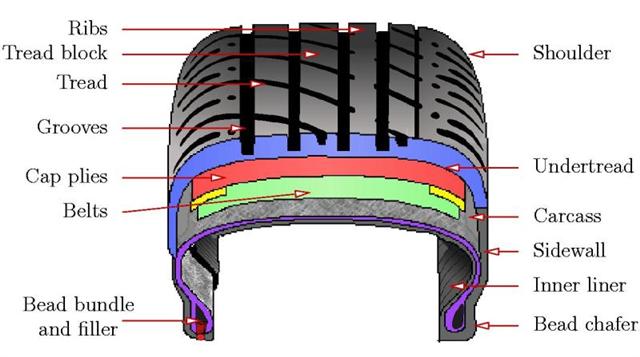 Soon the truck ceased to maintain a straight line of motion, it constantly had to be taxied and caught ... In general, without having skated on passenger tires for a month and a half, I had to scrap them and get winter tires with the “C” index, that is, for trucks.
Soon the truck ceased to maintain a straight line of motion, it constantly had to be taxied and caught ... In general, without having skated on passenger tires for a month and a half, I had to scrap them and get winter tires with the “C” index, that is, for trucks.
However, despite the fact that tires for commercial vehicles are more expensive than their passenger counterparts, we found a real way to save money by choosing Russian Cordiant Business tires as winter shoes. To tell the truth, concerns about their quality were serious, since the price per set was quite different from what was on average offered on the market. On the other hand, some employees had Cordiant on a passenger car at one time and there were no complaints about the rubber at all. Doubts about the correctness of the choice were dispelled in the tire service.
Photo: avtovzglyad.ru
The second pleasant surprise from Cordiant Business is a good weight balance.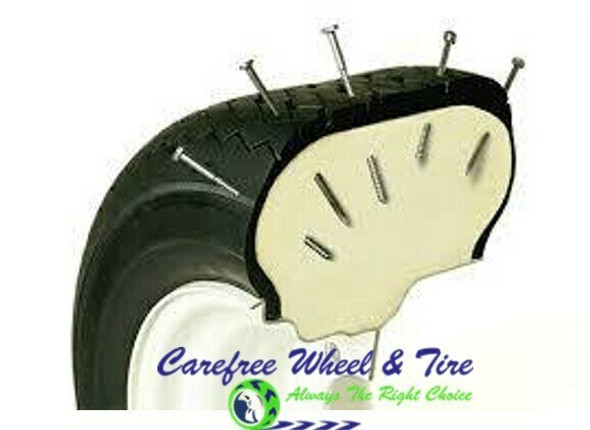 After installation, having rolled back each wheel on the balancing stand, the computer showed rather modest values for loads. Only one had a lead plate weighing 25 grams, while for the rest of the wheels the spread was from 5 to 15 grams.
After installation, having rolled back each wheel on the balancing stand, the computer showed rather modest values for loads. Only one had a lead plate weighing 25 grams, while for the rest of the wheels the spread was from 5 to 15 grams.
I also liked the way the car behaves on these wheels. The rubber is pleasantly soft: small bumps and pits are “swallowed” not so much by the shock absorbers as by the tires themselves, which gives the ride a special comfort.
Despite the fact that the tires are spiked, you can hardly hear them in the cabin, except that at low speeds you can hear a slight “clatter” of metal on the asphalt. As for boominess, a slight "howl" is present at speeds in the range from 20 to 40 km / h. When the speedometer needle reaches 50 km / h and rises higher, any acoustic discomfort from the wheels disappears altogether.
Photo avtovzglyad.ru
Photo avtovzglyad.ru
All last winter we drove on Cordiant Business, winding about 11,000 kilometers. As you remember, it was quite a snowy, warm winter. In a sense, we even regretted that we put on our shoes in the "winter", since everyone knows that such tires do not like operation at positive temperatures too much. It seemed that by the spring all the spikes would fly out and spending would again be coming for the next season.
As you remember, it was quite a snowy, warm winter. In a sense, we even regretted that we put on our shoes in the "winter", since everyone knows that such tires do not like operation at positive temperatures too much. It seemed that by the spring all the spikes would fly out and spending would again be coming for the next season.
But at the end of April, when the tire changers got out of quarantine and started working, they changed the truck's shoes to summer tires and started counting losses on winter wheels. During the whole winter with little snow, they all lost only two spikes in total.
Well, for this winter, Cordiant has released a new product - light truck tire Business CA-2. The tire concept was based on the all-weather use of the tire. After all, given the new realities, keeping two sets - both for winter and for summer - given the acute shortage of finances, has become an unaffordable luxury. However, many truck owners are distrustful of all-weather vehicles, they say, they are equally bad both in summer (they wear out quickly) and in winter (they tan in the cold and have poor grip).
Photo avtovzglyad.ru
Photo avtovzglyad.ru
However, modern tire production technologies have allowed Cordiant to achieve more than just an optimal balance for all seasons. Summer driving properties are at a high level due to the increased height of the pattern half-bridges in combination with an optimized sipe depth.
But effective braking and traction in cold weather is achieved through the use of the so-called ZZ-lamellas of various configurations. Despite the fact that this tire is softer than pure summer rubber, it has an impressive resource of 100,000 kilometers.
We get acquainted with the most roomy representative of the family
7917
We get acquainted with the most spacious representative of the
9000CHAL :
 Zen
Zen traffic safety, tyres, tyres, winter tires, life hack, tire fitting
Of course, the purchase of new tires is associated with certain, most often quite significant, financial costs.
Winter is coming. How to save money on changing tires?
When thinking about purchasing tires for winter use, you need to make the right choice, namely, to choose tires with high performance and affordable prices. Surely, some of the drivers doubt the need to change tires. The reasons for this can be very different. Some people very rarely drive a car in winter, others do not have money to buy winter models, others believe that quite normal summer tires can serve well in winter.
The list of reasons is endless, but no one can guarantee that a driver who never drives in winter will not get into an accident if he leaves the garage door in case of urgent need. No money to buy winter tires? It’s a pity, but it may happen that having saved on the purchase of winter tires, you will have to look for money to repair a car that has been in an accident or, worse, to treat an unlucky motorist.
No money to buy winter tires? It’s a pity, but it may happen that having saved on the purchase of winter tires, you will have to look for money to repair a car that has been in an accident or, worse, to treat an unlucky motorist.
The question of the need to replace summer tires with winter tires is not subject to discussion. Even novice car enthusiasts know that summer tires behave differently on slippery winter road surfaces than their winter counterparts. The possibility of safe movement on snow-covered roads can only be provided by winter tires.
As you know, winter in our latitudes lasts five months, it starts in November and ends in March. During this period, all roads of the country carry a real danger - freezing raindrops and rolled snow create a slippery surface on the road, which can only be handled by tires that provide reliable grip with such a surface, guaranteeing the shortest possible braking distance.
What can you really save on? Savings on brands!
Having firmly understood that it is necessary to change tires for winter tires, and having determined which tires are most suitable for operation in certain winter conditions, we are gradually approaching the most interesting issue related to saving money when buying winter tires.![]()
The fact is that the majority of motorists who have decided to change tires seasonally, in search of the necessary information, most often end up on the websites of stores offering tires from well-known world manufacturers, such as Pirelli , Michelin , Goodyear , Bridgestone , Nokia n , Continental , Dunlop etc. The products of these manufacturers are really of high quality and excellent performance. As a rule, the wheels of expensive prestigious cars are “shoeed” in such rubber. Accordingly, the prices for tires of these manufacturers are very high.
As a rule, sites selling tires of prestigious models are located in the top lines of the search engine rankings, as a result of which not all car enthusiasts interested in buying inexpensive but high-quality tires reach sites offering products from inexpensive companies.
Next, we will briefly offer the characteristics of less popular brands, but at the same time high-quality analogues:
• Winter tires Cooper (Cooper)
Cooper Tire (America) is the oldest American company producing excellent high-quality tires.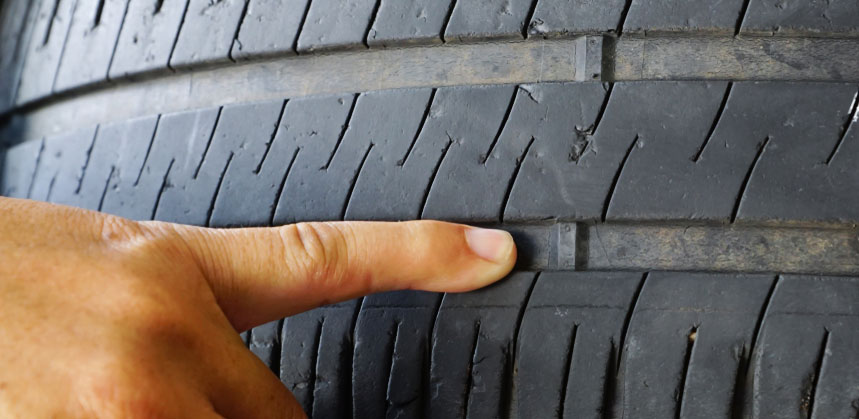 Today, Cooper Tire is one of the top 10 largest manufacturers in the world. The company develops more than 10 trade brands and has its own technical and research centers. Cooper tires are produced by more than 50 factories located in 14 countries around the world.
Today, Cooper Tire is one of the top 10 largest manufacturers in the world. The company develops more than 10 trade brands and has its own technical and research centers. Cooper tires are produced by more than 50 factories located in 14 countries around the world.
The most popular winter tires are studded Cooper Discoverer M+S and non-studded Cooper Discoverer M+S Sport ;
• Winter tires Federal (Federal)
Federal Corporation (Taiwan) - manufactures tires under two trade brands - Federal and Hero. Federal is focused mainly on the international market, while the Hero brand is designed exclusively for the Chinese market. Federal products have amazing quality at a fundamentally low cost. Excellent quality control minimizes scrap production, making Federal tires a worthy companion for your vehicle.
The most popular winter tires are studded Federal Himalaya WS2 and non-studded Federal Himalaya WS2 SL
• Winter tires Matador (Matador ) production Slovakia-Russia.
For more than a hundred years, Matador has been the leader in the tire market. The brand got its start in 1905 in Bratislava. After the collapse of Czechoslovakia, the trademark becomes exclusively Slovak. Since 1995, Matador products have received international certificates that allow them to produce products for the needs of the NATO alliance. The Matador brand is the story of the transformation of a local regional production into a famous international company that creates joint ventures all over the world. A joint company, Matador-Omskshina, has been established in Russia. In the production of Matador tires, both their experience and the latest achievements and innovations of Continental are used. Advanced equipment, absolute quality control, coupled with a low price, make tires as popular and competitive as possible.
The most popular winter tires in Russia are studded Matador MP-50 Sibir Ice and non-studded Matador MP-92 Sibir Snow SUV .
• Winter tires Toyo (Toyo) manufactured in America and Japan.
Toyo was founded in 1945. The company's head office is located in Osaka, Japan. Today's Toyo is the world's leading tire manufacturer. It has representations in many countries of the world. The company not only develops and manufactures its products, but also sells them directly. Toyo offers a huge range and range of tires designed for passenger cars, SUVs and trucks.
The most popular winter tires in Russia are studded TOYO Observe G3-Ice and non-studded TOYO Observe Gsi 5 .
• Winter tires GT Radial ( GI Radial ) made in Indonesia-China
GT Radial is a popular brand from the GT Tire car tire concern. The corporation spares no means for its development and constantly invests huge investments in it. As a result, GT Radial tires are produced in factories built with the latest innovative technologies.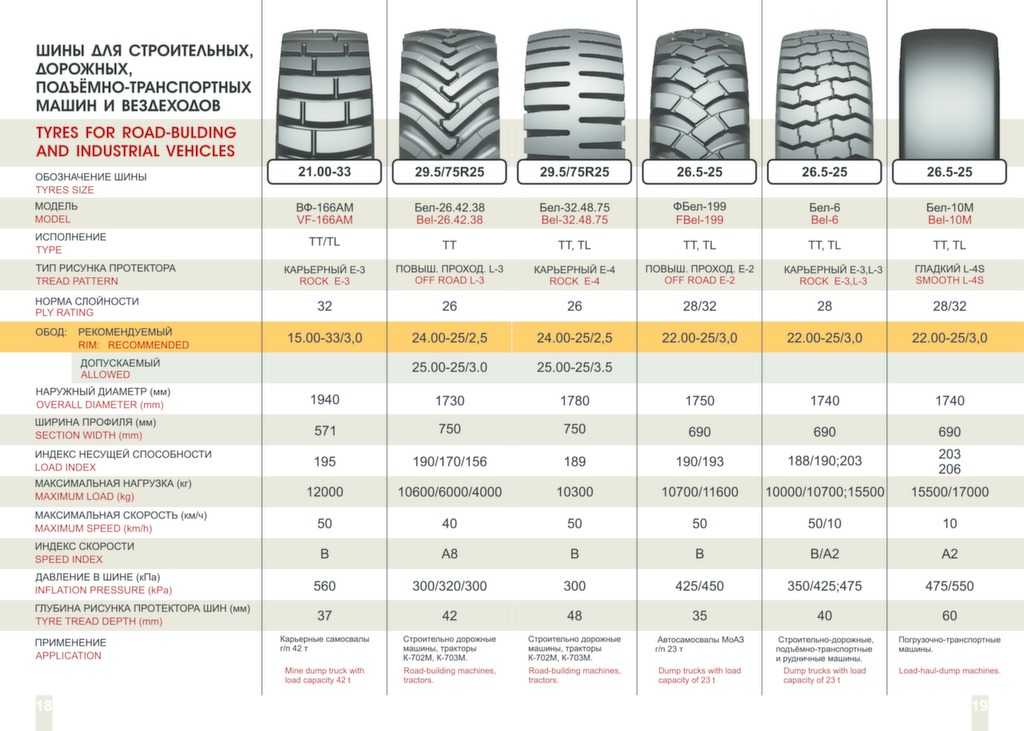 Tires are developed by specialists of the concern itself and experts from Germany - a country where they know absolutely everything about high-quality cars and their wheels. GT Tire occupies an honorable ninth place in the world ranking of tire manufacturers.
Tires are developed by specialists of the concern itself and experts from Germany - a country where they know absolutely everything about high-quality cars and their wheels. GT Tire occupies an honorable ninth place in the world ranking of tire manufacturers.
The most widely used winter tires GT RADIAL Champiro Ice Pro and non-studded GT RADIAL Champiro Winter Pro
mega fame in the tire market all over the world, taking 7th place in the list of 80 companies for their production. In the 80s of the 20th century, a new tire brand was created - MARSHAL. It is promoted in America and Europe. Marshal tires take all the best from KUMHO tires, and the latest technology has helped to further improve their quality and design. An important nuance: all KUMHO tires are tested under the Korean brand, and only then are produced under the Marshal brand. Today Marshal tires are produced in South Korea, Vietnam and China.
Winter studded tires are popular in Russia - Marshal I Zen KW22 and non-studded model Marshal I Zen KW31
Moral!
rubber!
Dear car enthusiasts, think about the question: “Is it really necessary to buy expensive models from prestigious manufacturers, if you can buy equally high-quality and cheaper tires from second-line manufacturers of popularity?” Indeed, in order to always know the exact time, it is not at all necessary to be the owner of a Rolex watch.